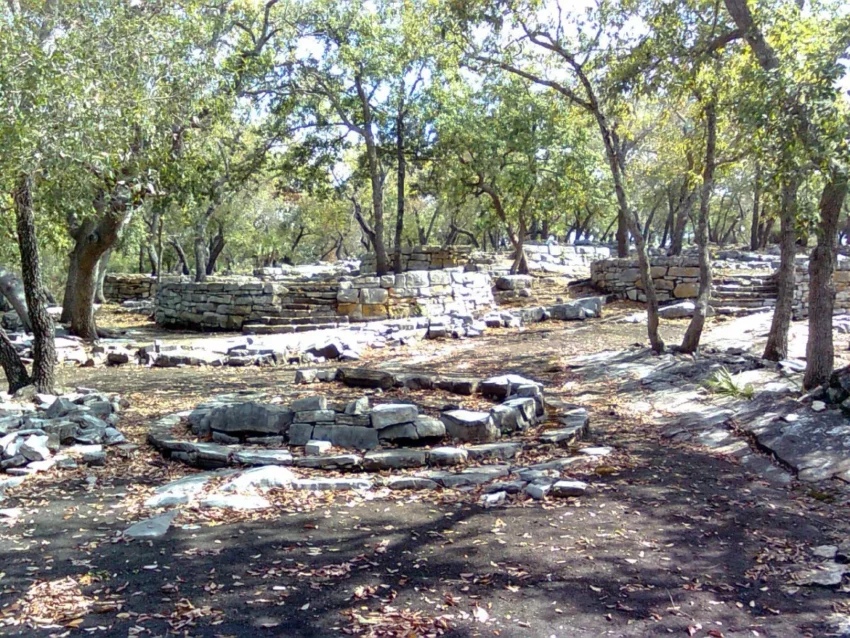Unveiling the Mysteries of Balcón de Montezuma: A Glimpse into Huastec Civilization
Introduction
Balcón de Montezuma, also known by its indigenous name “Balcon del Chiue,” is a significant archaeological site that offers a window into the ancient Huastec civilization. Located in the state of Tamaulipas, Mexico, this site is a testament to the rich cultural heritage and complex societies that flourished in Mesoamerica before the arrival of European explorers.
Get your dose of History via Email
Historical Context
The region of Tamaulipas has been inhabited since at least twelve thousand years BC, with early settlements indicating the beginnings of agricultural life and the domestication of corn. By the time the Spanish arrived in the 16th century, the area was home to various ethnic groups, including the Huastecs. The Huastecs, known for their craftsmanship and complex religious beliefs, were one of the Mesoamerican cultures that managed to maintain a degree of autonomy until the late postclassical period when they came under the domain of the Mexicas.
The Huastec Civilization
The Huastecs, a native group historically based across several states in Mexico, are known for their contributions to Mesoamerican architecture, sculpture, and pottery. Their culture, dating back to approximately the 10th century BCE, reached its zenith during the Postclassic era. The Huastecs are particularly noted for their step-pyramid temples, independently-standing sculptures, and elaborately painted pottery. Despite their cultural achievements, the Huastecs maintained a simple lifestyle, often going unclothed, and were renowned for their musical talents.
Archaeological Insights from Balcón de Montezuma
Balcón de Montezuma represents the remnants of a small farming village that thrived during the Late Classic period (600–900 CE). The site, explored and restored in the late 20th century, reveals insights into the daily lives of its inhabitants. Houses, typically hut-style with palm roofs, were constructed atop circular bases, with the deceased buried beneath the floors. The discovery of human skeletal remains, alongside artifacts such as smoking pipes, crystal quartz, and ceramic offerings, provides a glimpse into the cultural practices of the people who once lived here.
Architectural Features
The site is characterized by more than 70 circular structures of varying diameters and heights, grouped into two semi-circular plazas. These structures, built with limestone and without mortar, display unique architectural features, including small stairways and fan-shaped bases. The absence of clear representations of gods or temples suggests that the site’s primary function was residential, though the spiritual beliefs of its inhabitants remain a subject of speculation.
Conclusion
Balcón de Montezuma serves as a crucial link to understanding the Huastec civilization and its place within the broader tapestry of Mesoamerican cultures. The site’s unique architectural styles and the artifacts uncovered there offer valuable insights into the daily lives, cultural practices, and spiritual beliefs of the Huastecs. As research continues, Balcón de Montezuma will undoubtedly contribute further to our knowledge of this fascinating civilization and its legacy in the history of the Americas.
Sources:

